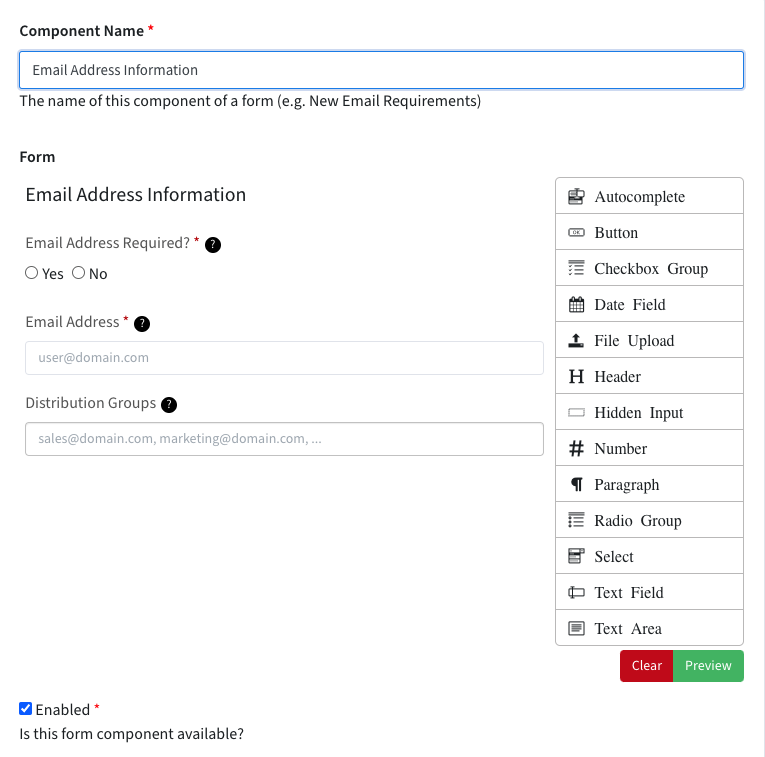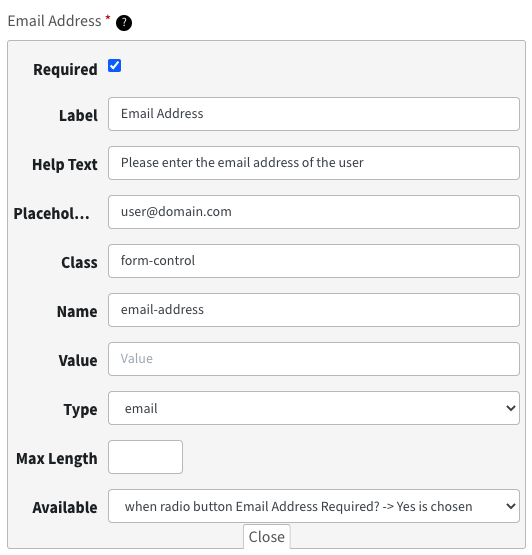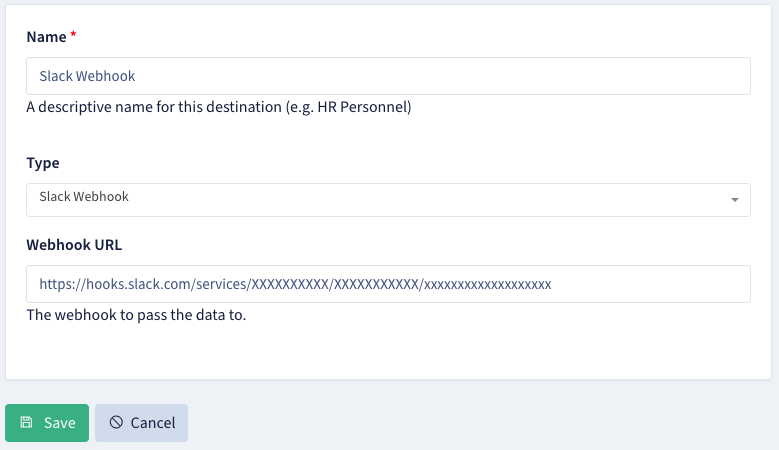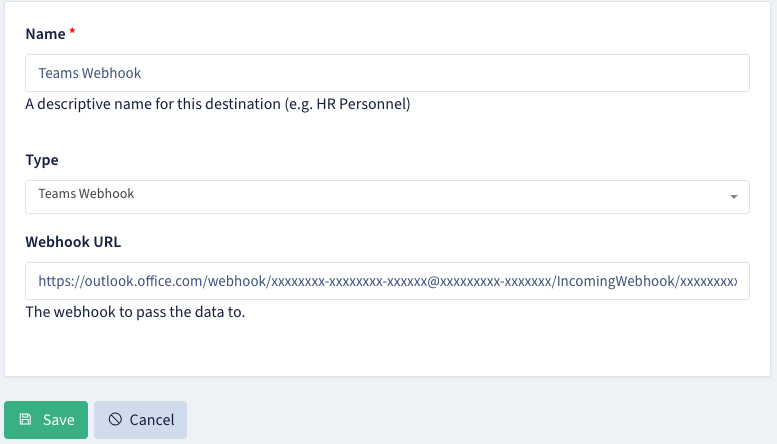Forms
Unity offers the facility to accept structured data into various internal and external system. Examples of this are;
- New User Requests
- Ensures names, spelling, options and instructions are correctly captured
- possible auto provisioning by connecting the data into sharepoint/office365 or other systems
- Repair Requests
- Allows the user or technician to capture photos, details and full information regarding the repair
- Delivery or Work Report Submissions
- When a technician is delivering stock or has completed work, you can capture a work reports/photos/documentation regarding the work.
- User Leaving Requests
- Ensure de-provisioning options are presented to the client such as
- Mail/Data Archiving
- Licensing de-allocation
- Hardware acquisition and re-distribution
The above are only a few examples of how presenting structured data forms to end users/technicians/suppliers can ensure that business processes kick off correctly and efficiently to ensure predictable outcomes.
Workflow Components
Forms are actually only one part of the workflow. The workflow components which allow the forms to be effective are as follows
- Form Components: Every form is made up of form parts which can be re-used in multiple forms.
- Data Destinations: Every form must submit its data to a data destination which can be a remote server or email address
- Templates: When submitting data to a data destination, the template defines the form the data takes before submission
- Forms: The complete form which is presented to the user including the form components, data destinations and templates.
Form Components
Each form is made up of components. A component is a re-usable set of fields which are logically grouped. As an example, when requesting if a new user needs an email address, additional questions can be asked such as mailbox size, which distribution lists they need to belong to or what aliases should be used.

Field Properties
The form component is made up of fields which can be selected and and dropped into place in an order which makes sense to the builder. Each field can be expanded and has various properties. The common/critical fields are shown below.
- Required: This should be ticked if this is a required field.

- Label: This is the label which will be shown along with the field.
- Help Text: A question mark tooltip can be shown next to the field label and will contain this text
- Class: The css class which will be assigned to the field. All bootstrap 4 classes are available.
- Name: The underlying data field name which will be submitted by the form and available in the templates.
- Available: The conditions under which this field is available (i.e. Only show this field if some other checkbox/select/radio is chosen)
Each component can be enabled and disabled which will lead to the component being available on the form or not.
Data Destinations
The data destination is the location to where the data will be sent.
Email Destination
The data from the form can be emailed to a group of people using the following options
- From Name: This will be the name shown in the email client as the sender

- From Email: The underlying sender email address. You will need to ensure that Unity can send on behalf of this domain to make sure your that the emails don't end up in Junk Mail.
- To: The email addresses to which the data will be sent as To, Cc and Bcc
Slack Webhook Destination
The slack webhook is straight forward. Slack allows you to create a webhook for direct posting into a channel. It is as simple as adding the webhook here. The more challenging part is formatting the template for slack. A template for slack is a text template formatted in the appropriate way for consumption by slack. Slack has plenty of documentation on how to create these messages and you should refer to the slack documentation.

Teams Webhook Destination
The Teams webhook is straight forward like the slack webhook. Teams allows you to create a webhook for direct posting into a channel. It is as simple as adding the webhook here. The more challenging part is formatting the template for Teams. A template for Teams is a text template formatted in the appropriate way for consumption by Teams. Teams has plenty of documentation on how to create these messages and you should refer to the Teams documentation.

Templates
The format of data is critical to it being processed at its destination. This could be the format of an HTML email for human processing, a text format for email and other processing. In order to create a data destination template, you need to select an HTML email template or a text template. The templating system for workflow is shared with the templating system for the rest of unity. To create an email template, choose the Content type HTML Email or Text Email.

Templating is a complex topic and is described in its own topic